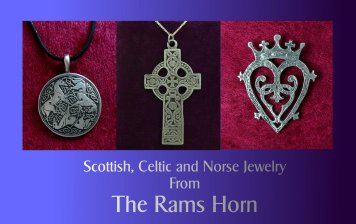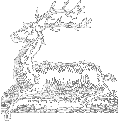
HOME | home
Maxwell Family Page 2 | Maxwell 3 | Maxwell Album | Caerlaverock Castle | Traquair House | My Holidays in Scotland | Beths 2007 Travel Planner for Scotland
Traquair House
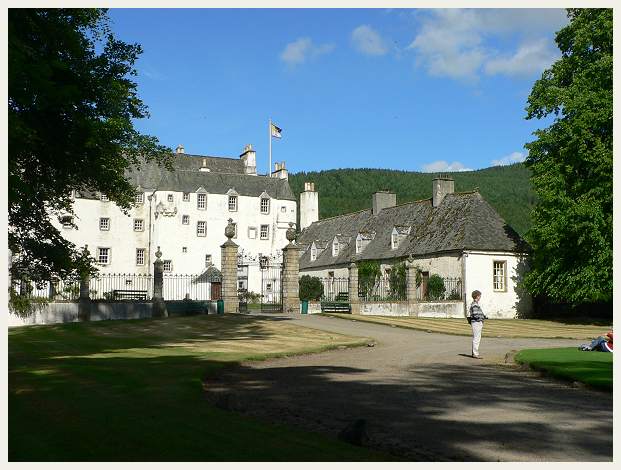
The sixth Earl of Nithsdale (son of the escaped Jacobite and of his enterprising Countess) married Catherine Stuart, daughter of the fourth Earl of Traquair (who himself had married a sister of the fifth Earl of Nithsdale, mentioned above). Through his marriage Traquair, the oldest inhabited house in Scotland, passed to the Maxwell-Stuarts when the direct line of Stuarts of Traquair died out in 1875 with the 99-year-old Lady Louisa Stuart, daughter of the seventh Earl of Traquair and sister of the eighth and last Earl.
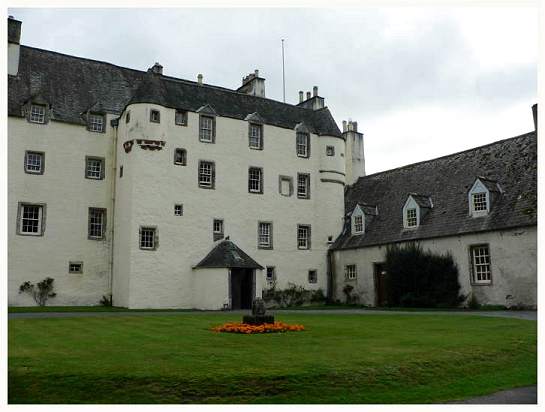
900th Anniversary Year
1107 - 2007
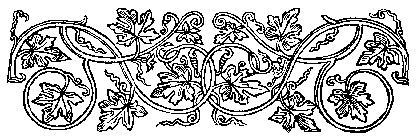
Dating back to 1107 it was originally a hunting lodge for the kings and queens of Scotland. Later a refuge for Catholic priests in times of terror the Stuarts of Traquair supported Mary Queen of Scots and the Jacobite cause without counting the cost.
Traquair House, approximately 5 miles south of Peebles. It is considered to be the oldest continually inhabited house in Scotland. It is built in the style of a fortified mansion, and not strictly a castle. It predates the Scottish Baronial style of architecture, and may have been one of the influences on this style.
Tradition dates the origins of the house to 950 when Alexander I stayed in a hunting lodge on the site, with the earliest part of the current building dating to 1107.
Alexander I signed a charter over 800 years ago and where the 'modern wings' were completed in 1680.
Once a pleasure ground for Scottish kings in times of peace, then a refuge for Catholic priests in times of terror, the Stuarts of Traquair supported Mary Queen of Scots and the Jacobite cause without counting the cost. Imprisoned, fined and isolated for their beliefs, their home, untouched by time, reflects the tranquillity of their family life.
Since 1491 Traquair has remained in the ownership of the same family. The first Lord of Traquair met his end at the Battle of Flodden in 1513 (along with James IV and most of the rest of Scotland's nobility). The 4th Lord of Traquair, John Stewart, was Captain of the Queen's bodyguard, protecting Mary Queen of Scots. In late 1466 Mary, her husband Lord Darnley, and the baby James (later James VI of Scotland and I of England) stayed at Traquair. The cradle in which Mary rocked James remains on view in the King's Room.
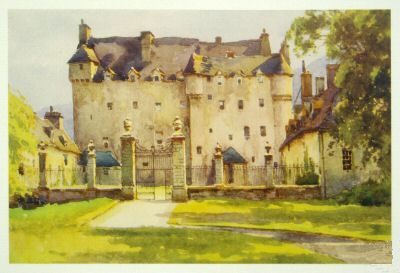
In the second half of the 1500s Traquair was significantly enlarged. The existing tower was extended to the south east. Then in the early 1600s the 7th Lord of Traquair added the top storey to the house and changed the arrangement of many of the windows. He also changed the course of the River Tweed: Traquair had stood near the outside of a bend in the river, leaving it in danger of being undercut. The Tweed has since flowed rather further to the north.
The Stuarts of Traquair were descended from "Hearty James" Earl of Buchan, uncle of James III, who bought Traquair House from the musician and royal favourite William Rogers, to whom it had previously been granted by the "culture-vulture" King. No doubt Buchan was glad of this new acquisition, but he had no compunction about helping to lynch Rogers, along with Cochrane and others, at Lauder Brig a few years later. The house itself, or parts of it, had stood there since about 1100, probably replacing an earlier and rougher tenth-century structure, and had been a royal hunting-lodge, on and off, for several centuries. The best-known member of the family was the first Earl of Traquair, also known as "The Trimmer", who was one of the leading signatories of the Solemn League and Covenant of 1637 (resisting Charles Iís attempts to align the Kirk with the Church of England), but later sent his son, Lord Linton, to join Montrose a few days before the battle of Philiphaugh (now part of Selkirk). Linton and his men, however, were withdrawn on the eve of the battle, and Traquair later refused hospitality to his fleeing kinsman Montrose. As a result he came to be generally distrusted and died in great poverty just before the Restoration. His son, the second Earl, became a Catholic, successively marrying the daughters of two Catholic houses, Lady Henrietta Gordon and Lady Anne Seton. Traquair thus came to be equipped with one of the few "hiding-holes" for priests in this country, and its owners have adhered to the old faith ever since. They have also maintained their loyalty to the Jacobite tradition, practical until 1745-46 and sentimental thereafter
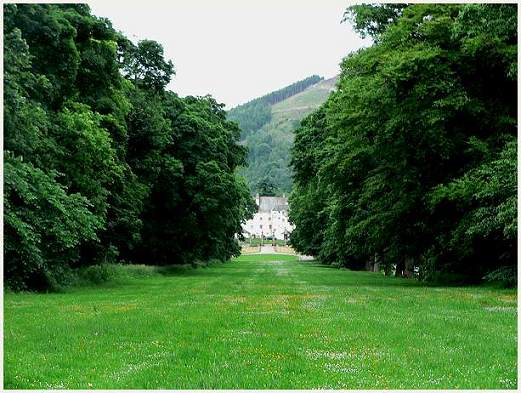

The Traquair House Brewery brews several ales which are thought to be some of the best examples of Scotch 'Wee Heavy' strong ales.
Much of the house is open to the public and counts among its features:
The Bear Gates, which legend has will not be opened till a Stuart again sits on the Scottish Throne
Traquair House Brewery which brews the Traquair Ales
A bed said to have been slept in by Mary Queen of Scots
An excellent garden maze
An annual Traquair Fair, held on the first weekend in August.
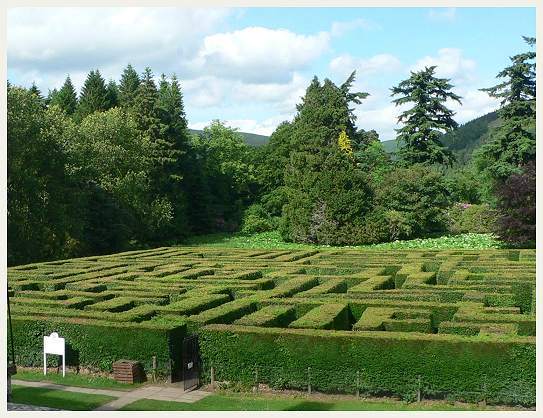
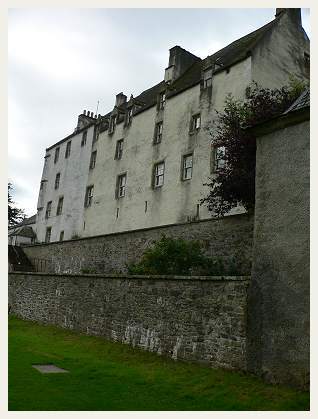
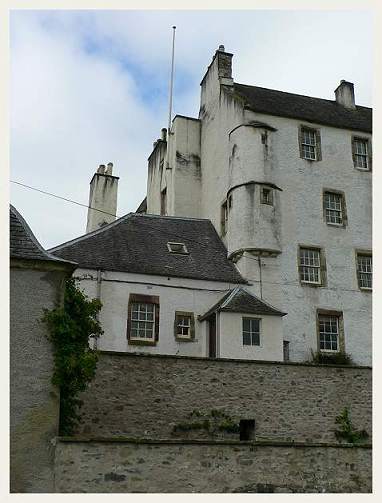
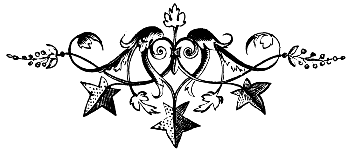
Copyright 2007 , Jim & Beth Boyle, All Rights Reserved
No part of this website may be used for any purpose ( including using images )
without written consent from The Rams Horn
